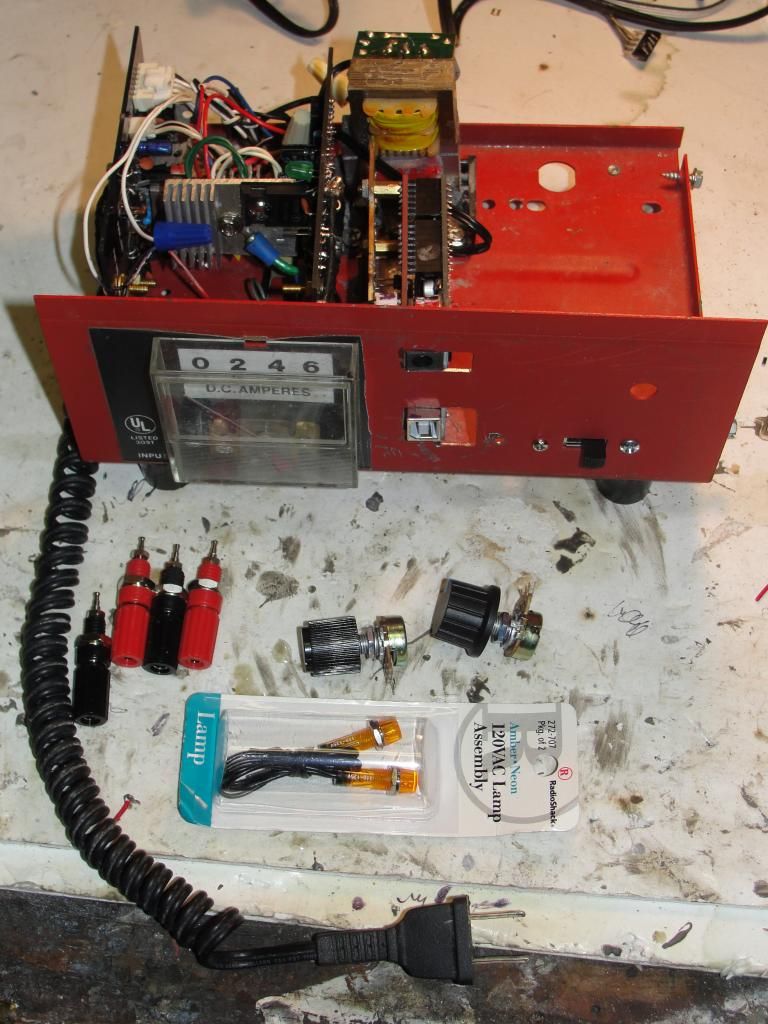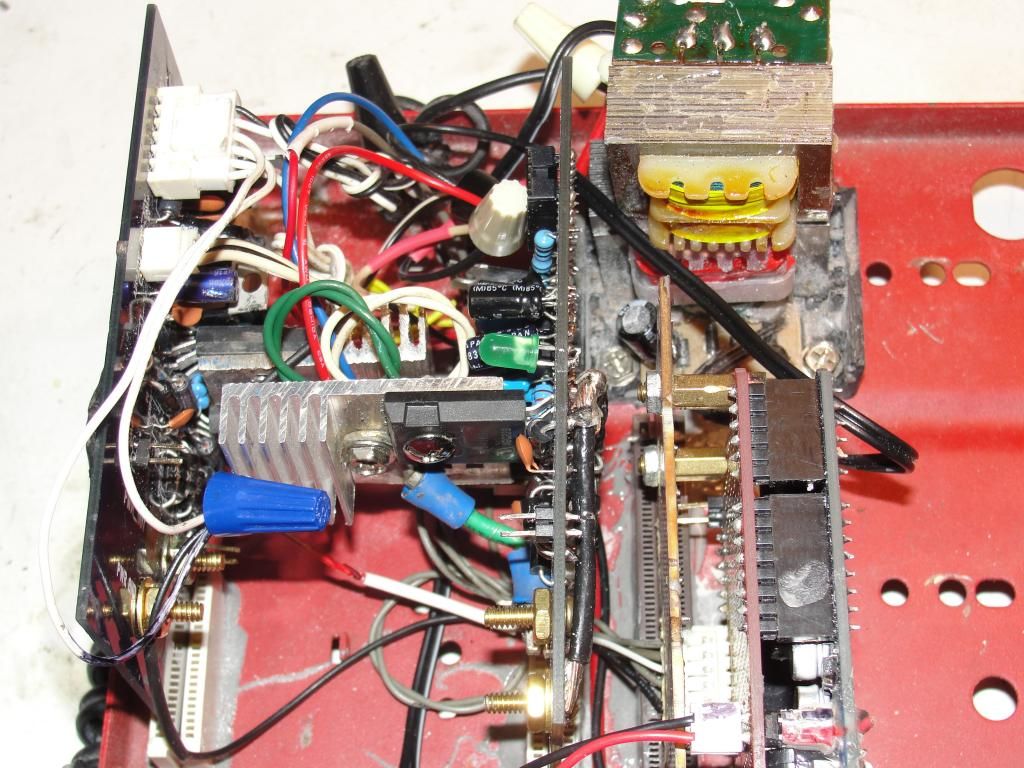Re: Prochiro; Battery Negative vs. Gnd. ie Driver/Arduino ground sharing
Well a lot of gremlins are running through my mind on your post Dana! I would have assumed that the GND on the Monster Driver would be connected to the Arduino GND for starters.
I would have assumed that the GND on the Monster Driver would be connected to the Arduino GND for starters.
Well a lot of gremlins are running through my mind on your post Dana!
 I would have assumed that the GND on the Monster Driver would be connected to the Arduino GND for starters.
I would have assumed that the GND on the Monster Driver would be connected to the Arduino GND for starters. - Should these boards share a common ground?
Here you say:
Originally posted by prochiro's previous View Post - The battery you mention here, is that assuming that it is the battery being employed to run the Arduino and Monster Drivers, NOT to be confused with the battery(ies) driving the motor?
The Arduino can take up to 20v for power and the Monster Driver should have more than 12v also. In my Asym Motor Controller, I was going to allow use of battery or a 110vac plug-in transformer wall wart based power supply, gets 18.5vdc. - Is "battery negative" in your statement the same as a power supply negative for the electronics then?
I could see there could be a need for the signal return to its negative, to the Arduino. That would seem to go to its GND pin. Once it gets there I think it is then be shared to the other Monster Driver boards, if these GND's are all connected, and then they also become interconnected to the battery(ies) GND (negative terminal) driving the asymmetrical motor. Thus it would seem the system is all grounded together. The ground on the input pin cluster is common to the PWM GND. - Is it important that some ground connection NOT be made between these boards? If so, which specifically?
OK Somebody turned on the light, where is the smiley face with the lightbulb?

NO ground connection between the arduino and Monster Drivers, BC that is why we are using an optocoupler after all, to isolate the signal generating Arduino from the radiant energy gremlins roaming around the Monster Drivers! - Dang, then I need 2 independent power sources/supplies for my Asym Motor Controller, one for the drivers and one for the Arduino?
!#@$




Comment